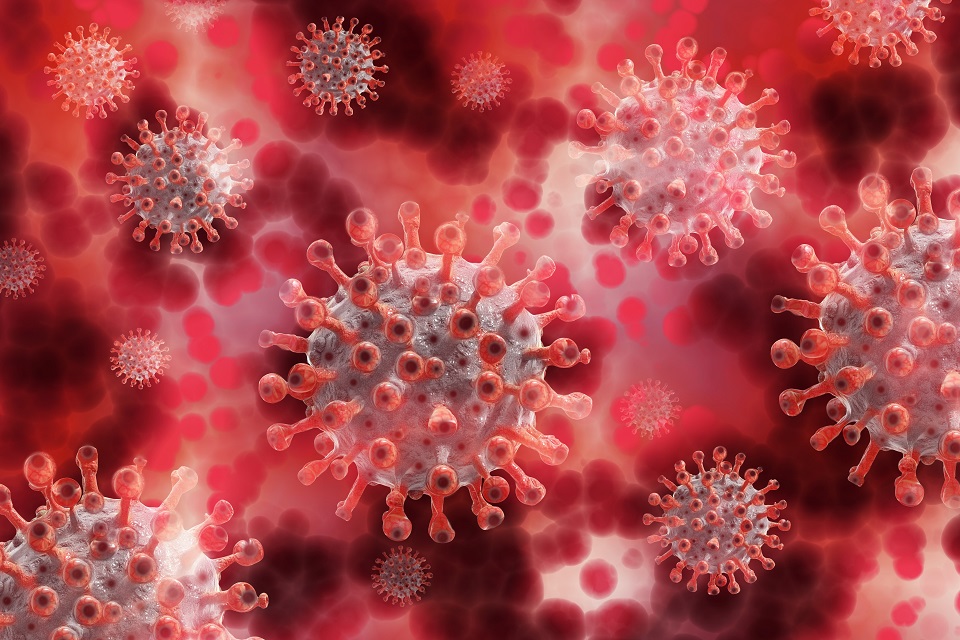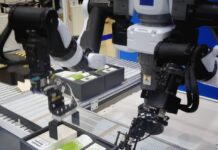With the accelerated onset of the second wave of COVID-19 and the exponential increase in the number of infected civilians, the dreaded Coronavirus is again in the notoriety limelight. The rise and fall of the spread of COVID-19 in India have come a full circle. Now, it is in a position where it has left behind the peak of numbers from last year, creating more and more not-so-favorable records with each passing day.
After decades of computer invention, technology has now expanded its web in the health sector. All thanks to the combined efforts of the millions of engineers and scientists around the globe. We all have seen the use of technology in the detection and cure of diseases in the past. But what is the scenario now? How is technology helping the front-line COVID-19 warriors to ease their strain?
History
As numerous diseases spread in various parts of the world, from the outbreak of SARS, back in 2003 to the recent COVID-19, technology has always been the go-to. Activities like detecting the infected, research, keeping records, identifying variants, developing vaccines, and contact tracing are now accomplished through technology, backed by our reliable healthcare force.
In recent years, with extensive penetration of the internet, tasks such as general awareness and updating the newly found info to the general public are also being done through technology. Together, they created a base for the use of gadgets and software, as used today, to pull the fight against COVID inclined to our side.
The use and the effects
- From the beginning of the outbreak, as soon as the virus came to light, scientists and researchers sat with their computers, trying to decrypt the genetic code using specialized software that procured the intricate details of the virus. 3D imaging of the virus and how it interacted with the host body were also documented using high-level AI and dedicated software.
- Days later, when the pandemic caught pace, using Bluetooth and GPS for contact tracing came into action. It ensured that those in proximity to the infected are isolated and the spread contained.
- Machines and robots came into action in some countries that allowed distant care to the infected, thereby putting fewer lives of healthcare workers at stake.
- The new strain of the virus perplexed medical professionals throughout the globe. Extensive machine learning, AI, and data analysis from the infected paved the way for thorough research to devise new treatment methods.
- Thanks to the internet, when the people were confused about the havoc that was being created, information from ongoing research could be delivered to the public swiftly that enabled us to take precautions and follow the protocols to save ourselves from catching the infection.
- When the whole world was at a standstill and locked inside their homes, the prevailing yet under-utilized domains of online education and work from home grabbed attention. While companies got to bring back their workforce online to help support the crumbling economic infrastructure, students managed to save a year of their education by moving the regular classes online.
- In contrast to the use of a conventional mercury thermometer, the medical sector saw massive growth in the demand for digital thermometer guns. Individuals entering airports, malls, hotels, hospitals, and other public places had to take a screening test to pick out the potentially infected ones and save the people inside from getting into proximity.
- Proper monitoring could also be enforced as AI-enabled webcams were being used to identify the unmasked citizens and infected patients who were instructed not to leave their homes.


















